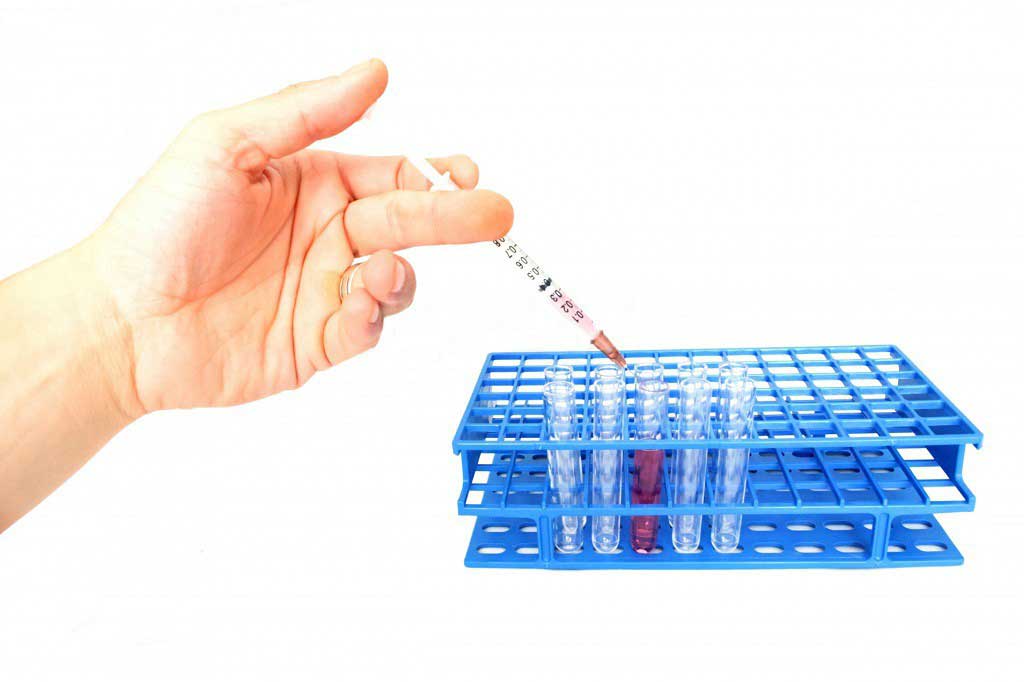Facial paralysis
Treating Bell's palsy
Prednisolone is recommended as the most effective treatment for Bells palsy, and it should be started within 72 hours of the symptoms appearing.
Most people recover fully from Bell's palsy within nine months, but it's important to maintain good eye care during this time.
Antiviral medications are not recommended as a treatment for Bell's palsy.
Prednisolone
Prednisolone is a corticosteroid which works by helping to reduce inflammation (swelling), helping to speed up your recovery.
People with Bell's palsy are usually advised to take prednisolone tablets twice a day for 10 days.
Possible side effects of prednisolone include:
- nausea (feeling sick)
- headache
- increased sweating
- indigestion
- increased appetite
- difficulty sleeping
- oral thrush
- dizziness
These side effects should improve within a few days as your body begins to get used to the medication.
Some people also experience mood changes, such as anxiety or depression, after taking steroids for a short period of time. You should visit your GP immediately if you experience mood changes, or if you have other side effects that are particularly troublesome.
If you're unable to shut your eye at night time, your GP will give you some surgical tape to close your eye.
If your eye symptoms get worse, you should ask your GP to refer you to the facial palsy clinic or ophthalmology department of your local hospital for assessment. If ointments and taping are not effective you may benefit from surgery to help protect your eye.
Further treatment
Most people with Bell's palsy will make a full recovery within nine months. However, if you have not recovered by this time, there is a risk of more extensive nerve damage and further treatment may be needed.
Physiotherapy
Physiotherapy may be recommended. Your physiotherapist will teach you a series of facial exercises that will strengthen the muscles in your face to improve their co-ordination and range of movement.
Physiotherapy has been successful in a number of Bell's palsy cases, although it may not be suitable or effective for everyone.
Plastic surgery
Plastic surgery is another possible option. Plastic surgeons work as part of a team of facial palsy specialists to help manage your facial weakness. Surgery may not be able to restore nerve function, but may be able to protect your eye, improve your function and improve the appearance of your face.
Eye procedures include surgery to help you close your upper eyelid orimprove the position of your lower eyelid. A brow lift can improve your vision and facial appearance.
A number of procedures can improve the position of your mouth and help with speech, eating and drinking and facial symmetry. Some can restore a smile, including cross-facial nerve grafts, nerve transfers and muscle and tendon transfers.
Botulinum toxin injections
Botulinum toxin (Botox) injections can be used to treat either the affected or the unaffected side of the face in some people with long-term Bell's palsy.
Botox may be injected into the affected side of the face to relax any facial muscles that have become tight, or to reduce any unwanted muscle movements.
If the muscles in the unaffected side have become overactive or dominant, Botox may be injected into this side of the face to reduce muscle activity and balance the movement of the face.
Some of the long-term complications of Bells palsy can also be treated using Botox injections. These include:
- tears when eating
- eye-mouth synkinesias where the facial nerve grows back in a different way, which can lead to a winking eye when eating, smiling or laughing
The injections need to be repeated every four months.
Other treatments
Research has suggested that facial exercises, relaxation techniques and acupuncture may help speed up the recovery of Bells palsy and restore facial nerve function.
Introduction
Bell's palsy is a condition that causes temporary weakness or paralysis of the muscles in one side of the face. It is the most common cause of facial paralysis
Symptoms of Bell's palsy
The symptoms of Bell's palsy can vary, from a mild numbness of the face, to total paralysis. It can also affect the eyelid and mouth, making it difficult to close and open them.
Causes of Bell's palsy
Bells palsy occurs when the nerve that controls the facial muscles (facial nerve) becomes inflamed or compressed. It's not known what causes the facial nerve to become inflamed, although it's thought that a virus, possibly a herpes virus, may be responsible.
Diagnosing Bell's palsy
There is no specific test to diagnose Bells palsy. However, tests can be used to rule out other conditions that cause facial paralysis. It's important to see a doctor to determine the cause.
Treating Bell's palsy
Prednisolone is recommended as the most effective treatment for Bells palsy, and it should be started within 72 hours of the symptoms appearing. Most people recover fully from Bell's palsy within nine months.
Complications of Bell's palsy
A number of complications can occur as a result of Bell's palsy, depending on the extent of nerve damage. About two in 10 people experience long-term problems resulting from Bells palsy.







 Subscribe
Subscribe Ask the doctor
Ask the doctor Rate this article
Rate this article Find products
Find products